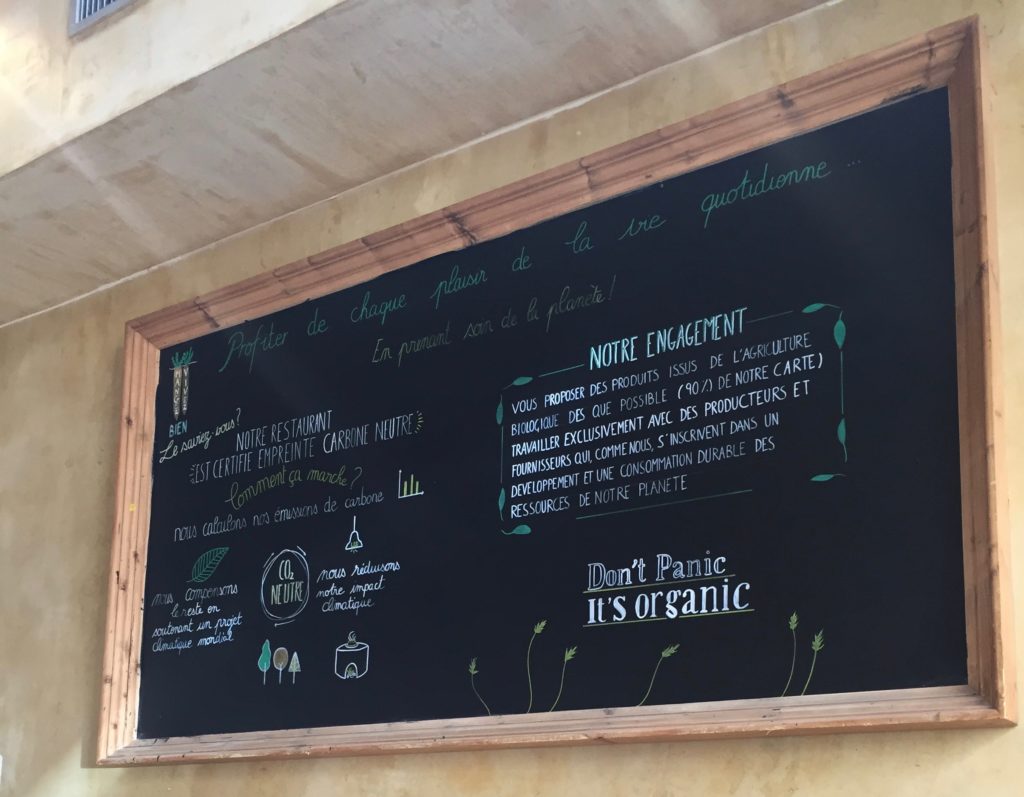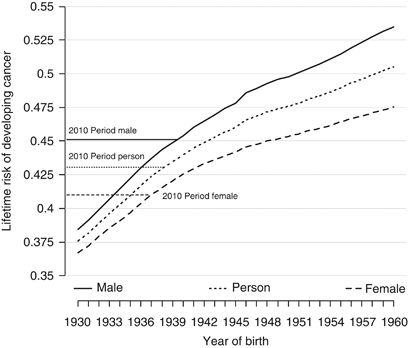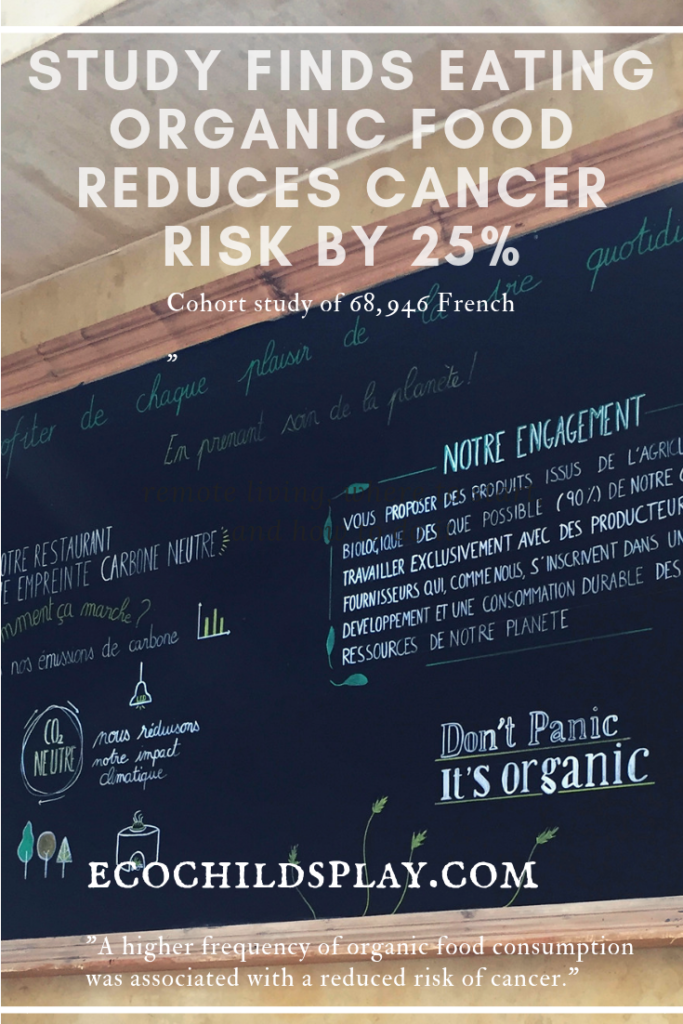 Prior to industrialization, cancer was rare in human history. Lifestyle changes that came as a result of this revolution in human history included longer lifespans (30 plus years) and exposure to toxic pollutants. According to Forbes:
Prior to industrialization, cancer was rare in human history. Lifestyle changes that came as a result of this revolution in human history included longer lifespans (30 plus years) and exposure to toxic pollutants. According to Forbes:
Bioarchaeologists do not commonly see cancer in ancient skeletal remains, in part because life spans in the past were quite short and in part because of a general lack of environmental carcinogens in antiquity. [note]https://www.forbes.com/sites/kristinakillgrove/2015/05/20/industrial-revolution-caused-rise-cancer-obesity-arthritis/#653046269f77[/note]
The growth of agriculture corresponded with the growth in industrializatin. In fact, increased output in agricultural productivity, like during the British Agricultural Revolution, is closely tied to population growth and migration that enabled the Industrial Revolution. As small farms were purchased by lords, small farmers moved to cities seeking work. [note]https://en.wikipedia.org/wiki/British_Agricultural_Revolution[/note][note]https://study.com/academy/lesson/the-agricultural-revolution-timeline-causes-inventions-effects.htmlp[/note]
History of Chemical Farming
Industrialization eventually brought industrial farming with herbicides, pesticides, and chemical fertilizers replacing crop rotation and nitrogen fixing cover crop planting. Although DDT was first synthesized in 1873, it’s insecticidal properties are not discovered until 1945.
Lead arsenate was one of the most popular and widely used pesticides in the US from the late 1890s until the 1950s. By 1908, gypsy moth resistance to lead arsenate is already reported.
In 1906, the Pure Food and Drug Act is passed largely as a result of Upton Sinclair’s book The Jungle. By 1910, we have our first pesticide act, yet it only regulates labeling and not safety.
The rise of chemical production and its increased use is tied to the World Wars. Consider these two facts from The History of Big Chemical’s War on Food, 1865—2007:
1918: I. G. Farben, the German chemical cartel, forms and includes Bayer, BASF, and Hoechst. I. G. Farben will build chemical plants next to concentration camps during WWII, in support of the Third Reich.
1941: Agriculture in the United States becomes even more industrialized, using chemicals, mechanization, and monoculture to increase production and feed war-torn Europe (1941—50). [note]https://www.chelseagreen.com/2008/the-history-of-big-chemicals-war-on-food-1865-2007/[/note]
Fast forward to the 21st century, and we find 85% of the food in the US contains pesticides, and genetically modified crops are abundant.
The direct increase in cancer rates and chemicals in food production is hard to be ignored. Although survival rates for some forms of cancer have increased, the risk of being diagnosed has also grown.

In fact, the Cancer Research UK reports “our chances of developing the disease at 1 in 2”. [note]https://scienceblog.cancerresearchuk.org/2015/02/04/why-are-cancer-rates-increasing/[/note]
Researchers in the British Journal of Cancer found in 2015:
The lifetime risk of cancer increased from 38.5% for men born in 1930 to 53.5% for men born in 1960. For women it increased from 36.7 to 47.5%. Results are robust to different models for projections of cancer rates…
The lifetime risk of cancer for people born since 1960 is >50%. Over half of people who are currently adults under the age of 65 years will be diagnosed with cancer at some point in their lifetime.[note]https://www.nature.com/articles/bjc2014606[/note]
One way you can reduce this risk is to eat organic food.
New Study: Organic Food May Lower the Risk of Cancer
A study published on October 22, 2018, in the peer-reviewed The Journal of the American Medical Association looked at the “Association of Frequency of Organic Food Consumption With Cancer Risk“. The researchers followed 68, 946 French adults in a longitudinal study. Most of the participants were female and averaged 44 years of age. Participants’ diet was evaluated in 2009 and 2016 in the cohort study.
1,340 of the participants reported first occurrence cancer cases at follow-up with breast cancer being the most prevalent. Researchers found that “High organic food scores were inversely associated with the overall risk of cancer”.
Conclusions and Relevance A higher frequency of organic food consumption was associated with a reduced risk of cancer. Although the study findings need to be confirmed, promoting organic food consumption in the general population could be a promising preventive strategy against cancer.[note]https://jamanetwork.com/journals/jamainternalmedicine/article-abstract/2707948[/note]
The results of the study were exciting and promising, but given the nature of a cohort study, there are other variables that were not considered. CNN reports that “Those who ate the most organic food were 25% less likely to develop cancer.” [note]https://www.cnn.com/2018/10/22/health/organic-food-cancer-study/index.html[/note]
This study gives new credence to the phrase, “Don’t panic it’s organic!”. Although this study needs to be confirmed by subsequent research, it proves what intuitively organic food consumers know. Lessening exposure to contaminants logically reduces one’s risk of cancer.

I just hope that organic food is not really that expensive.